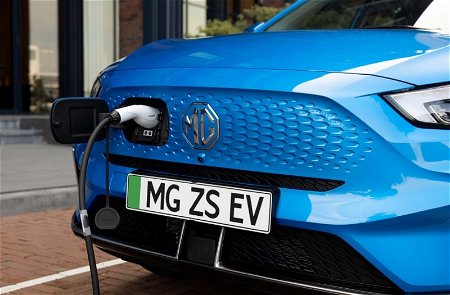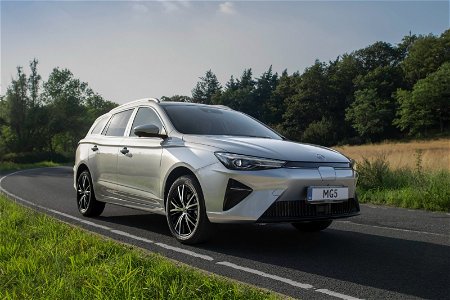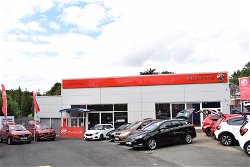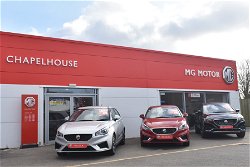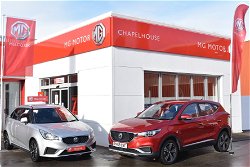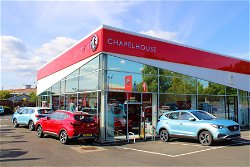MG Company
Manufacturer History MG
1924
MG was founded almost a century ago by Cecil Kimber, who started a promotional offshoot of special versions of cars sold at Morris Garages in Oxford, belonging to William Morris.
The first of the “Kimber Specials” produced by MG was the '14/28', a two-door four-seater sports car that had been modified from the Morris Oxford model. 400 of these cars were built and eventually replaced by the '14/40' in 1927.

1929
By the end of the '20s, MG's popularity meant they had outgrown their manufacturing capacity and had to move to a larger premises in Abingdon-on-Thames. Abingdon soon became synonymous with MG, being the home of their production line for the next 50 years.

The 1930s and '40s
A new line of MG 'Midgets' was born, starting with the MG M-type, which ran till 1936. A new landspeed record was broken by the MG EX120, known as the 'Magic Midget'. It was the first 750cc car to exceed the 100mph mark, hitting 103.13mph in 1931.
In 1935, MG started to produce cars under the banner of Morris Motors. Kimber stayed with Morris until the breakout of the Second World War.
Kimber and Morris eventually parted ways in 1941 over a dispute over wartime production, and Kimber sadly lost his life in 1945 in a rail incident at King's Cross Station.
Due to the number of American soldiers that had landed in the UK and Europe as part of the Allied forces, many took home MG sports cars that they had fallen in love with. The USA then became MG's largest export market.
The 1950s
Following the War, the British motor industry found itself in need of reform, and the British Motor Corporation (BMC) was born in 1952. The merger included the Morris Cars and the Austin Car Company, with MG being incorporated alongside rival companies such as Riley and Wolseley.
1959 saw the fastest MG ever produced. American racing driver Phil Hill took the MG EX181 to Bonneville Salts flats in Utah and returned 254.91mph from the 1506cc supercharged twin-cam engine.
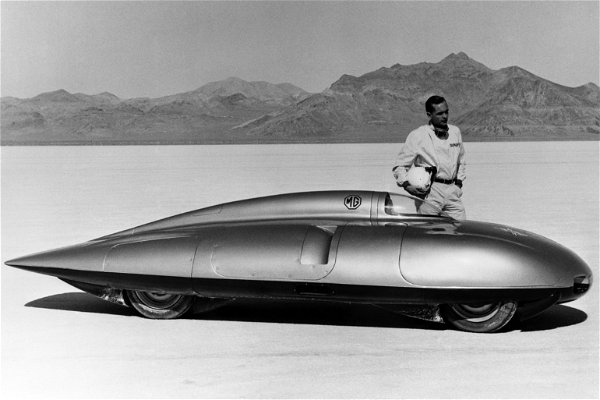
The 1960s
The BMC went on to merge with Jaguar in 1966, becoming British Motor Holdings, and then once again in '68 with Leyland Motors to become British Leyland. Although MG was now stablemates with Jaguar, Rover and Triumph, 'MG' was little more than a brand name, and no new MGs were produced during the 1970s.
The 1980s
A further acquisition was made of the MG brand in 1982, with the Austin Rover Group taking over the brand. Production of the MG Metro and the MG Metro Turbo, which had a top speed of 100mph, was followed by the MG Maestro and the MG Montego.
The 2000s
By the turn of the Millennium, the MG had been rebranded as MG Rover. BMW had initially taken over the company in the 90s but had since sold it on. MG took on three new models that were based on existing Rovers: the MG-ZR, ZS and ZT.
MG Rover Group went into receivership in 2005 and ceased production completely.

The 2010s
The MG brand was revived when it was bought by the Chinese Nanjing Automobile Group. The first brand new MG model for 16 years was produced in 2011 - the MG6 hatchback.
Today
Since then, the new Chinese-owned MG brand hasn't looked back. The MG3 range was launched in the UK in 2013. It now has an award-winning roster of affordable electric, hybrid and petrol cars. Since launching in 2022, the MG4 EV has won critical acclaim for its design, affordability and practicality.
In 2024, MG is returning to its roots with the launch of the brand new Cyberster - MG's first ever all-electric sports car.
MG at Chapelhouse
At Chapelhouse, we have a range of brand new and quality used MG. Find out more about our range below.
Find Out More

